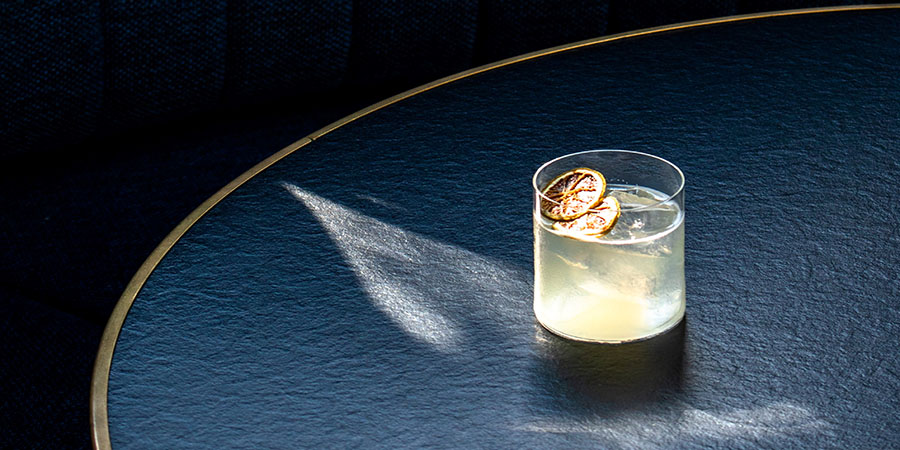Terroir is a French concept typically applied to wine. Essentially it means the complete environment in which the base ingredient is grown and processed – not just the soil but everything involved right up until it becomes a tasty drink ready for bottling. Believers in terroir consider it vital to produce good wine. This belief extends to some spirits producers, who insist that what they make also starts with an agricultural base, considering terroir is just as important. It is not a settled issue, but an important one to discuss.
When looking at Gin on the surface, it seems perfectly logical that terroir should be a consideration at least for craft producers. Many small brands go to great lengths to conjure up romantic images of their production such as hand-foraged botanicals sourced from beautiful scenic locations, distilled on-site by locals who trace their lineage back generations to said scenic location. Opening a high-quality bottle of Gin and nosing the inviting bouquet, it could surely never have come from a factory setting – except, well, it could. It starts with Neutral Spirit.
The starting point of Gin is not actually botanicals, but a base spirit. Such base spirit is typically high in alcohol but low in flavour, hence the term Neutral Spirit. You can make the spirit out of a variety of ingredients with grain being the most common. Regardless of the ingredient, the objective is almost always the same – to make a pure spirit to act as the canvas on which the botanicals are the medium. A strong flavour from the base spirit will require factoring that into your recipe. This sounds good, but unfortunately producing a high-quality Neutral Spirit is expensive. There are a handful of distillers that produce their own base spirit, but the overwhelming majority of producers are unable to do so. They will therefore obtain that base spirit from industrial distillers who produce millions of litres of spirit a year, that will stick to a formula and produce in such volumes that costs stay low. Therefore the vast majority of gin starts with a spirit created to have the terroir boiled out of it. There are exceptions, but those producers use a more flavourful base will still keep it relatively neutral in order to keep the botanicals the star of the show.
So if terroir cannot be realistically found in the spirit, what of the botanicals themselves? To make a fair assessment we can only consider such botanicals that are widely available in a variety of territories. Juniper is the essential ingredient to Gin, the particular strain juniperus communis used in 99% of all Gins and easily found across the globe, and fortunately, single-botanical gins such as the Origin range demonstrate enough variance in flavour to be significant. Through this, we can notice differences. For example, the juniper grown in Kosovo tends to be more floral when compared to Italian-grown varieties, that lean more towards a citric note. The differences may be subtle but they are there.
However most gins are not enjoyed in this way but as a recipe with multiple botanicals, often with ones sourced far from where the distillery is set. Your source for each botanical may be mindful of terroir, but most gins do not take this into account. Again, it is usually only in the realm of craft distillers who commit to using local botanicals, only that this usually gets controlled. The closest producer of gin with any sizeable volume who take this approach is Arbikie Distillery, who have invested in the equipment required to grow plants and spices not normally suited to Scotland’s climate and/or soil. Unfortunately, no comparison studies have been done on whether the terroir of Arbikie’s botanicals causes a notable difference to the biggest producers of each botanicals but this would certainly be interesting.
So there is still work to be done to convince the critics that true terroir exists for Gin. Perhaps it is more realistic to think of terroir as an influence on how you want a gin to taste rather than explicitly sourcing from a particular area. If you are inspired by, say, a Japanese forest, you can obtain the botanicals to produce a recipe that evokes memories of walking through such a forest even if your distillery is nowhere near East Asia. This is not uncommon – Cambridge Distillery’s Japanese Gin is just one example, Perfume Trees (inspired by Hong Kong but made in the Netherlands) is another. Whether this is cheating or not is another matter of opinion.
To sum up, Does Terroir Exist In Gin? We cannot say for certain. We hope that more studies are done in this area that can conclusively answer the question. At least for now the idea of terroir can be used to produce some wonderful drinks. Cheers!
Click here to explore more Gins










